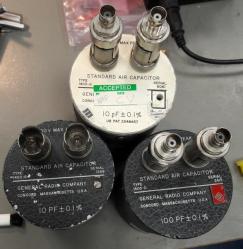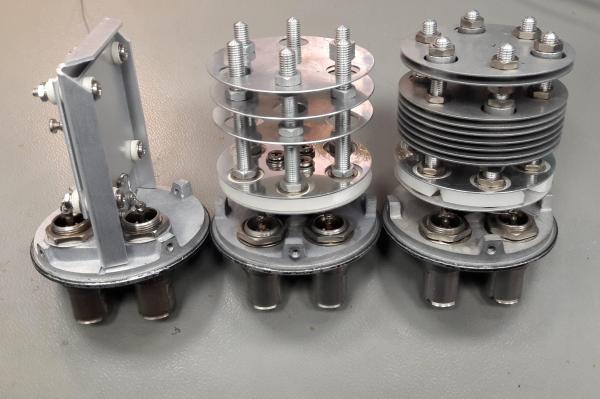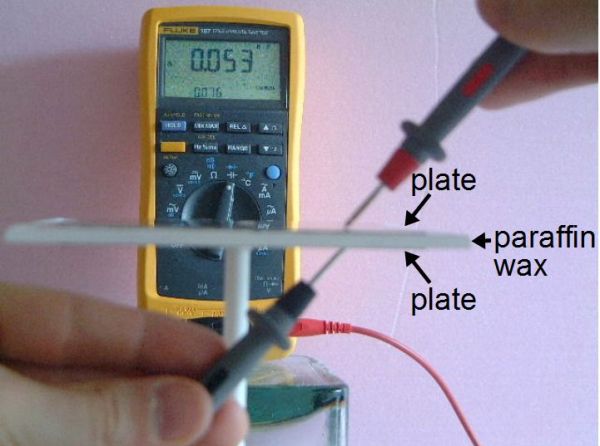Ah, the age old tradition of Dumpster diving! Sometimes we happen to spot something that’s not quite trash, but not quite perfect, either. And when [dzseki], an EEVblog.com forum user, spotted some high-precision capacitors being 86’d at their employer’s e-waste pile, [dzseki] did what any good hacker would do: took them home, tested them, and tore them down to understand and either repair or reuse them. They explain their escapades and teardown in this EEVblog.com forum post.

If you’re not familiar with capacitors, they are really just two or more plates of metal that are separated by an insulator, and in the case of these very large capacitors, that insulator is mostly air. Aluminum plates are attached with standard bolts, and plastic insulators are used as needed. There’s also discussion of an special alloy called Invar that lends to the thermal stability of the capacitors.
[dzseki] notes that these capacitors were on their way to the round file because they were out of spec, but only by a very, very small amount. They may not be usable for the precision devices they were originally in, but it’s clear that they are still quite useful otherwise. [dzseki]
Of course, Dumpster diving for cool parts is nothing new, and we’ve covered nifty projects such as this frankenmonitor bashed together from two bin finds.
Thank you [David] for the great tip, and don’t forget to leave your own in the Tip Line.













